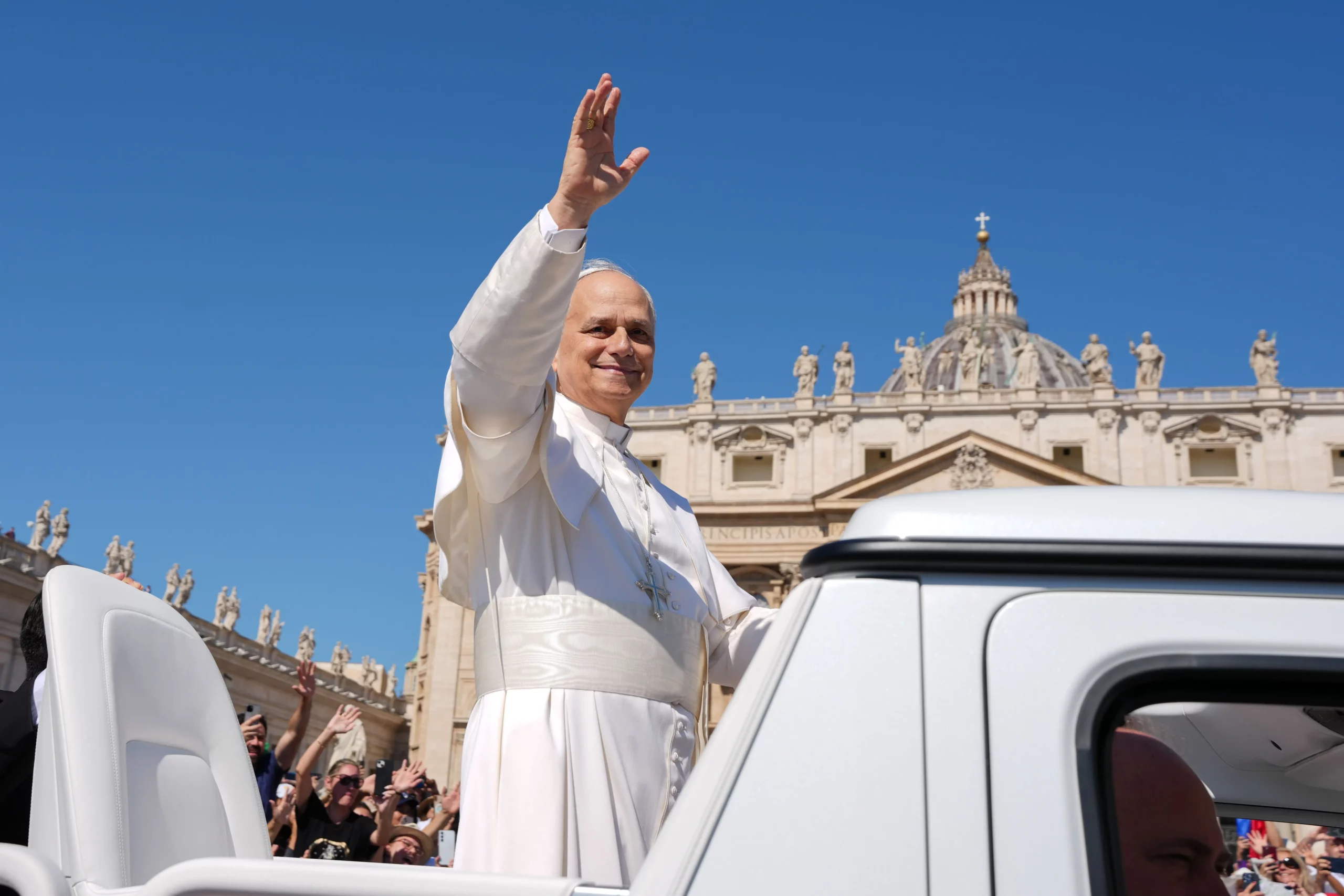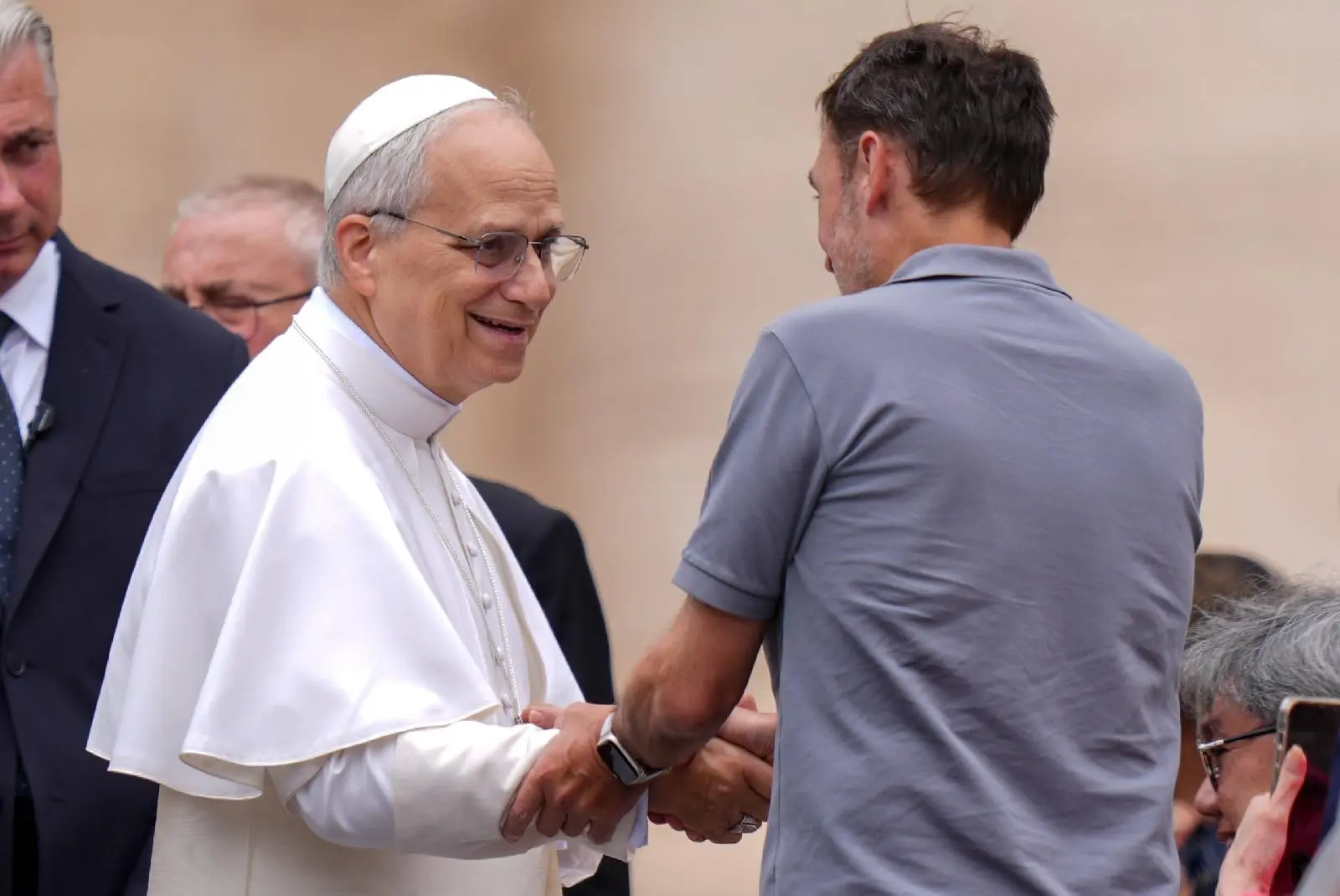
Papal Blessing Requests
As of January 1, 2015, the Holy See adjusted the method by which Papal Blessings on parchment are distributed. All requests must now be submitted directly to the Office of Papal Charities via letter or fax. Proceeds from the distribution of parchments will be given toward the poor in the name of the Holy Father.
The Apostolic Blessing is granted for the following occasions:
1. Baptism, First Communion, Confirmation
2. Marriage
3. Priestly Ordination
4. Religious Profession
5. Secular Consecration
6. Ordinations of Permanent Deacons
7. Marriage Anniversaries (10, 25, 40, 50 , 60 years)*,
Priestly Ordination, Religious Profession
8. Birthdays (18, 50, 60, 70, 80, 90, 100)*
9. Catholic individuals* or families* (with name and
surname of the spouses united in a religious marriage).
The asterisk (*) indicates the need for the “declaration of eligibility” (in other words, that the persons for whom the Blessing is intended are both Catholic and practicing), expressed simply by a short declaration, by one’s own responsibility, agreeing to the necessary conditions.
Requests for Papal Blessings for occasions other than those indicated cannot be considered.
Tickets for Papal Audiences and Events
Tickets for all Papal events are free. For further information, please click on the links below.
To request tickets to attend an event, please email visitorsoffice@pnac.org

